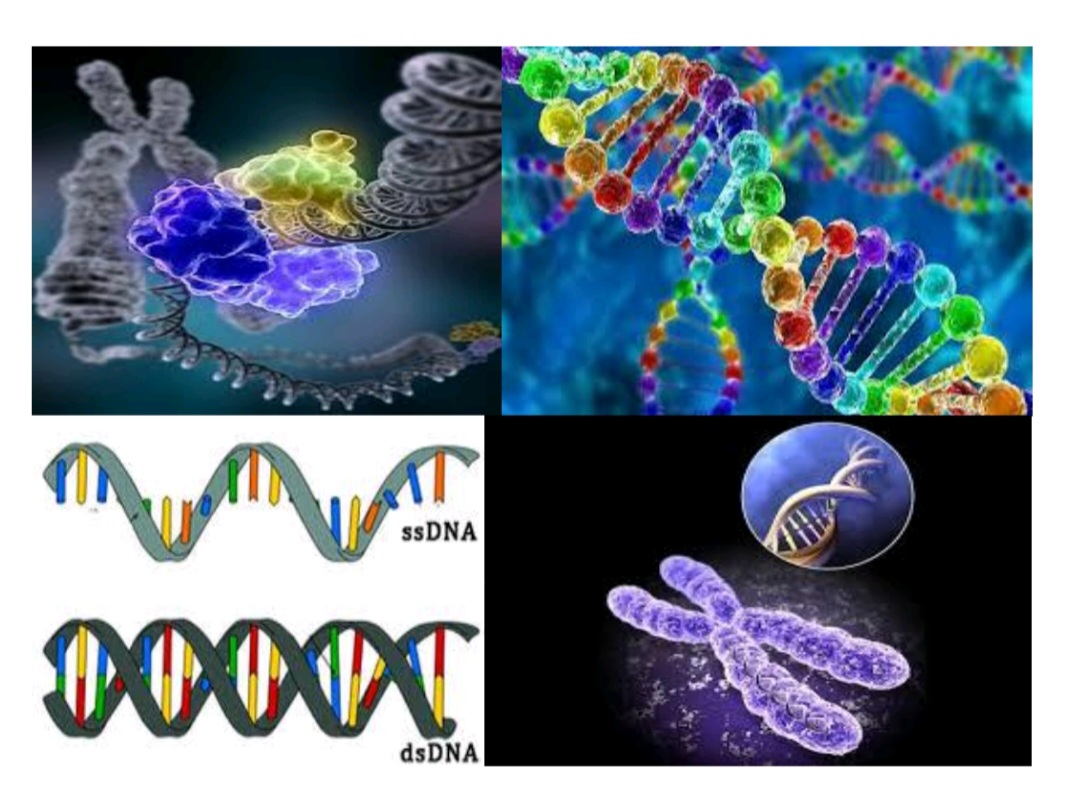- Teacher: ا.د. سامية عجيب
- Teacher: ا.م.د. عبد الحليم محمد أحمد

Food microbiology is the study of the microorganisms that inhabit, create, or contaminate food. Food microbiology covers areas of food and fermentation microbiology. It focuses on the study of microbial ecology related to foods like spoilage, fermentation, preservation, investigation of foodborne outbreaks and national and international Food Legislation.
- Teacher: ا. د. إيمان محمد فوزى السيد
- Teacher: ا. د. منال ماهر حسين
- Teacher: ا.د. محمد هشام عبد الحميد

genetics developed, it became apparent that they are remarkably similar in their fundamental behavior for all kinds of organisms whether man or mouse, bacteria or corn. But the understanding of genetics was far from complete, as in other sciences, an answer to one question raises new ones and that opens new avenues of inquiry. In 1928 Frederick Griffith discovered the phenomenon of transformation in pneumococcus bacteria as he found that dead bacteria could transfer genetic material to "transform" other still-living bacteria. Sixteen years later. In 1944, Oswald Avery, Colin MacLeod, and Maclyn McCarty revisited Griffith's experiment and concluded the transforming factor was DNA. Avery and his coworkers concluded that DNA should be considered the favorite candidate as the genetic material. In 1952 Herchy and Chase also showed that DNA (rather than protein) is the genetic material of the viruses that infect bacteria, providing further evidence that DNA is the molecule responsible for inheritance
Soon after the confirmation that DNA is the material of genes, James Watson and Francis Crick determined the structure of DNA in 1953, using the chemical work of Chargaff and the X ray crystallography work of Rosalind Franklin and Maurice Wilkins that indicated DNA is composed of two strands of nucleotides and had a helical structure. The double-helix model had two strands of DNA with the nucleotides pointing inward, each matching a complementary nucleotide on the other strand to form what looks like rungs on a twisted ladder. This structure showed that genetic information exists in the sequence of nucleotides on each strand of DNA. The structure also suggested a simple method for duplication: if the strands are separated, new partner strands can be reconstructed for each based on the sequence of the old strand
Although the structure of DNA showed how genes work, it was still not known how DNA influences the behavior of cells. In the following years, scientists made successful attempts to understand how DNA controls the process of protein production. It was discovered that the cell uses DNA as a template to create matching messenger RNA, a molecule with nucleotides sequence very similar to DNA but in a single strand. The nucleotide sequence of a messenger RNA is used to create an amino acid sequence in protein; this translation between nucleotide and amino acid sequences known as the genetic code was discovered by molecular approaches in Lederberg's laboratory in the 1960s. With this molecular understanding of inheritance, an explosion of genetic research became possible and a new era had started.


- Teacher: ا. د. هناء حجازى على
- Teacher: ا. ولاء محمد السيد أحمد
- Teacher: أ.د. أ.د. إيمان زكريا
- Teacher: د. ايمان زكريا جمعة السيد
- Teacher: د. د. آمال عبد السميع السيد

